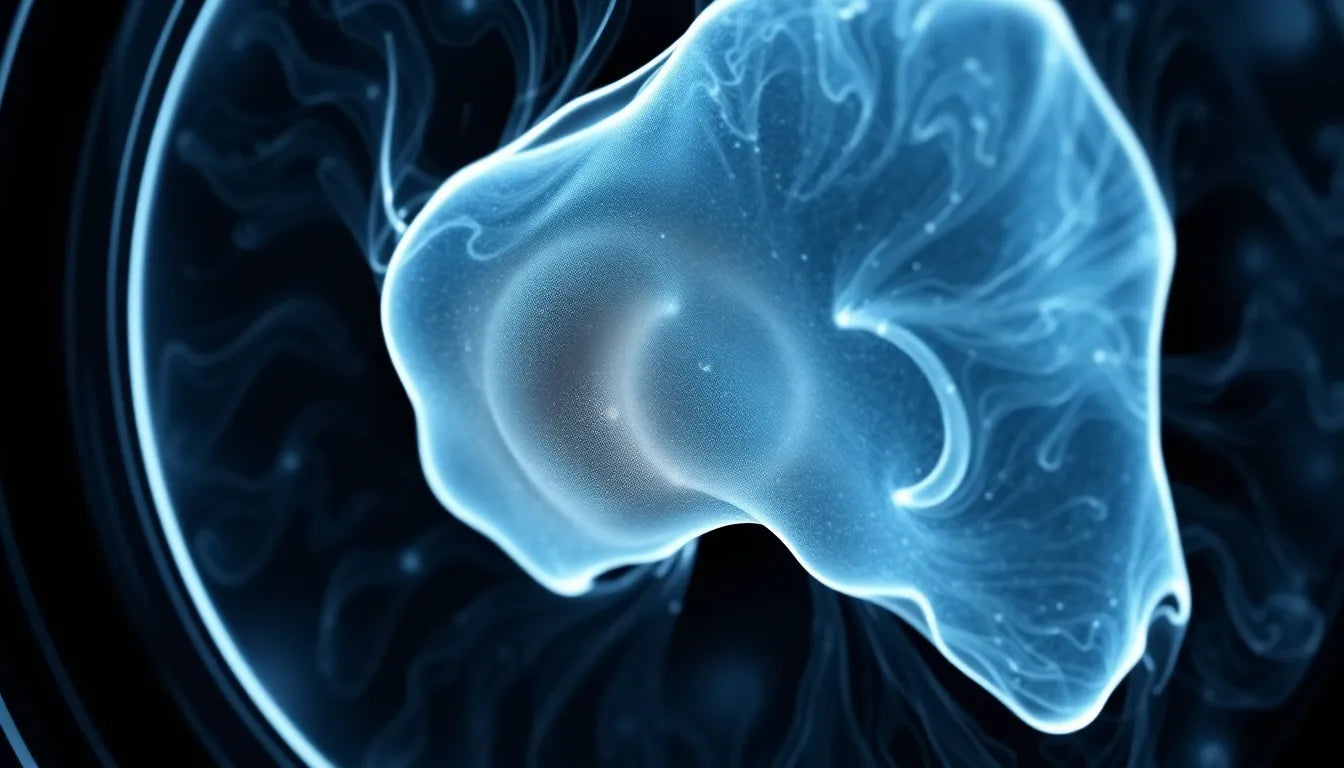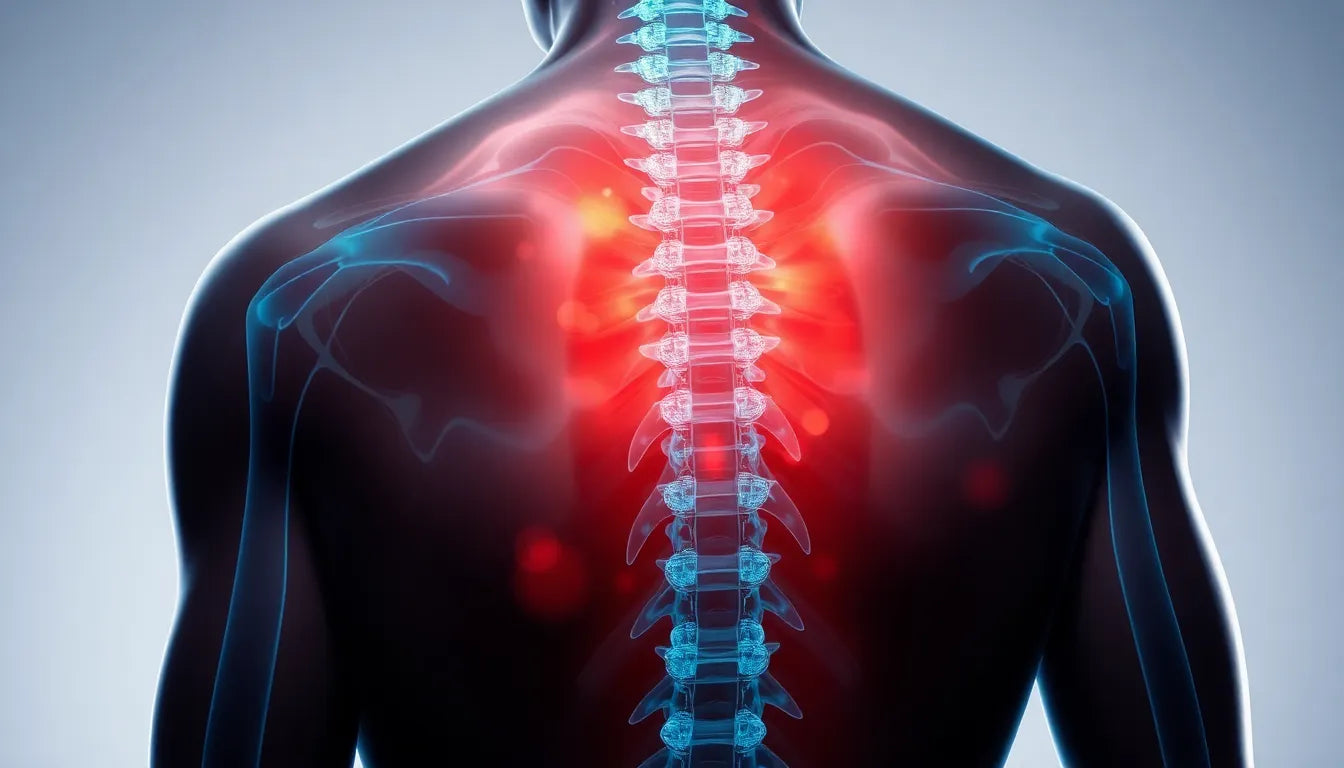A herniated disc, often referred to as a slipped or ruptured disc, is a common spinal condition that can cause significant discomfort and disrupt daily life. It occurs when the soft inner gel of a spinal disc pushes through a tear in its tougher outer layer. This can lead to symptoms such as pain, numbness, and weakness, typically affecting the back, legs, or arms, depending on the location of the herniation. While some individuals might experience mild symptoms, others may find their mobility severely restricted, making even simple activities challenging.
Understanding herniated discs
Herniated discs are quite prevalent, particularly among individuals aged 30 to 50, but they can affect people of all ages. Factors such as aging, improper lifting techniques, and repetitive strain can contribute to the development of this condition. The impact on daily life can be profound, as persistent pain and discomfort often lead to a reduced ability to perform work, exercise, or engage in hobbies. In severe cases, a herniated disc may even lead to complications like sciatica, where pain radiates along the sciatic nerve path from the lower back down to the legs.
The importance of rehabilitation
Rehabilitation plays a crucial role in managing herniated discs, often serving as the preferred first-line treatment. Non-surgical rehabilitation focuses on alleviating pain, improving function, and preventing the recurrence of symptoms. By engaging in a structured rehabilitation program, individuals can work towards restoring their mobility and enhancing their quality of life without the need for invasive procedures. This approach typically involves a combination of physical therapy, exercises, and lifestyle modifications tailored to the individual's specific needs.
The goal of rehabilitation is not only to address current symptoms but also to equip individuals with the tools and knowledge to maintain their spinal health long-term. This proactive approach helps in reducing the risk of future disc issues and promotes overall well-being.
Are you ready to take control of your back pain?
Living with back pain and limited movement can be incredibly frustrating, affecting everything from work performance to personal relationships. If you're tired of letting a herniated disc dictate your daily activities, it's time to explore rehabilitation options. By understanding the condition and embracing a comprehensive rehabilitation strategy, you can unlock pain-free movement and regain control over your life.
Physical therapy: the cornerstone of herniated disc rehabilitation
Physical therapy forms the backbone of non-surgical rehabilitation for herniated discs, offering a personalized approach that addresses the unique needs of each patient. A well-designed physical therapy program focuses on exercises that strengthen the muscles supporting the spine, enhance flexibility, and improve posture. These exercises often include a combination of stretching routines, such as hamstring and back stretches, which help alleviate tension and reduce pain.
Strengthening exercises are equally vital, targeting the core muscles to provide better support for the spine and reduce the risk of further injury. Physical therapists also emphasize the importance of posture correction and ergonomic adjustments in daily activities. Simple changes, like adjusting your chair height or using a lumbar support cushion, can make a significant difference in managing symptoms and preventing recurrence.
Embracing a multimodal rehabilitation approach
Combining various therapies can significantly enhance the recovery process for individuals with a herniated disc. A multimodal approach might include manual therapy, where techniques such as spinal mobilization and soft tissue massage are used to relieve pain and improve mobility. Aquatic therapy is another beneficial option, as the buoyancy of water reduces stress on the spine while allowing for gentle, pain-free movement.
Ergonomic interventions are also integral to this approach, focusing on optimizing the work and home environments to support spinal health. By integrating these therapies, patients can experience a more comprehensive and effective recovery, reducing the likelihood of future issues.
Gradual return to activity: pacing your progress
One of the key aspects of herniated disc rehabilitation is the safe and gradual reintroduction of activities. It is crucial to progress at a pace that your body can handle, avoiding movements that may exacerbate the condition. Physical therapists often recommend starting with low-impact activities, such as walking or swimming, gradually increasing intensity as your strength and comfort improve.
To prevent setbacks, it's important to listen to your body and avoid risky movements, such as heavy lifting or twisting motions. By carefully managing your activity levels and building up tolerance over time, you can safely return to your regular routine without compromising your recovery.
Patient education and self-management: keys to long-term success
Education is a cornerstone of successful rehabilitation, empowering patients with the knowledge to manage their condition effectively. Understanding body mechanics and learning how to modify activities can greatly reduce the risk of future herniated disc episodes. Developing a home exercise routine is also essential for maintaining progress, ensuring that the benefits of rehabilitation are sustained long-term.
By incorporating exercises that focus on core strengthening, flexibility, and posture maintenance, individuals can continue to support their spinal health. Regular follow-ups with healthcare providers can further assist in adapting the rehabilitation plan as needed, ensuring ongoing success and preventing recurrence.
Holistic and alternative approaches to rehabilitation
Incorporating holistic therapies such as yoga, pilates, massage, and acupuncture into your rehabilitation plan can provide additional benefits for those recovering from a herniated disc. These practices focus on enhancing flexibility, reducing stress, and promoting overall well-being, all of which can complement traditional rehabilitation methods. Yoga and pilates, for example, emphasize core strength and body awareness, helping to support the spine and improve posture. Massage therapy can alleviate muscle tension and improve circulation, while acupuncture may offer pain relief by stimulating the body's natural healing processes.
Conservative vs. surgical treatments
While most herniated disc cases can be effectively managed through conservative treatments, there are instances where surgery might be considered. Typically, surgery is viewed as a last resort, reserved for situations where non-surgical interventions, such as physical therapy and medications, have not provided sufficient relief after several months. Non-surgical options like corticosteroid injections can play a significant role in managing pain, allowing individuals to engage more effectively in rehabilitation exercises. It's crucial to consult with a healthcare professional to determine the most appropriate treatment path based on individual needs and circumstances.
Conclusion: embracing a comprehensive rehabilitation strategy
Effective rehabilitation for herniated discs involves a multifaceted approach that combines physical therapy, lifestyle modifications, and alternative therapies. By focusing on personalized treatment plans and gradual activity reintroduction, individuals can significantly improve their mobility and reduce pain. Remember, the key to successful rehabilitation is consistency and a proactive approach to maintaining spinal health. Consulting with healthcare professionals to develop a personalized plan ensures the best outcomes, empowering you to regain control over your life and enjoy pain-free movement.
Frequently Asked Questions
What are the first steps I should take if I suspect a herniated disc?
If you suspect a herniated disc, it is important to consult a healthcare provider for an accurate diagnosis and to discuss potential treatment options. Early intervention can prevent the condition from worsening and help you start an appropriate rehabilitation plan.
How long does rehabilitation for a herniated disc typically take?
The duration of rehabilitation varies depending on the severity of the condition and individual factors. Many people see improvement within a few weeks to months with consistent rehabilitation efforts, but it is important to follow a personalized plan tailored to your specific needs.
Can I prevent future herniated discs?
Yes, preventing future herniated discs is possible by maintaining good posture, engaging in regular exercise, and making ergonomic adjustments to your environment. These proactive measures can help reduce the risk of recurrence and support overall spinal health.
Are there any activities I should avoid during rehabilitation?
During rehabilitation, it is advisable to avoid heavy lifting, twisting motions, and high-impact activities that could strain your back. Focus on low-impact exercises and gradually increase intensity as your strength and comfort improve.
Is surgery ever necessary for a herniated disc?
Surgery is generally considered only if conservative treatments do not alleviate symptoms after several months. It is essential to explore all non-surgical options and consult with a healthcare professional to determine the best course of action for your condition.
Sources
- Mayo Clinic. "Herniated Disk - Diagnosis and Treatment."
- American Physical Therapy Association. "Physical Therapy Guide to Herniated Disk."
- Physiopedia. "Disc Herniation."
- Medical News Today. "Herniated Disk: 6 Safe Exercises."
- Rocky Mountain Physical Therapy. "Physical Therapy for Herniated Discs."
- Cuellar Spine. "Herniated Disc Treatment Options."
- NYU Langone Health. "Nonsurgical Treatments for Herniated Disc."


















